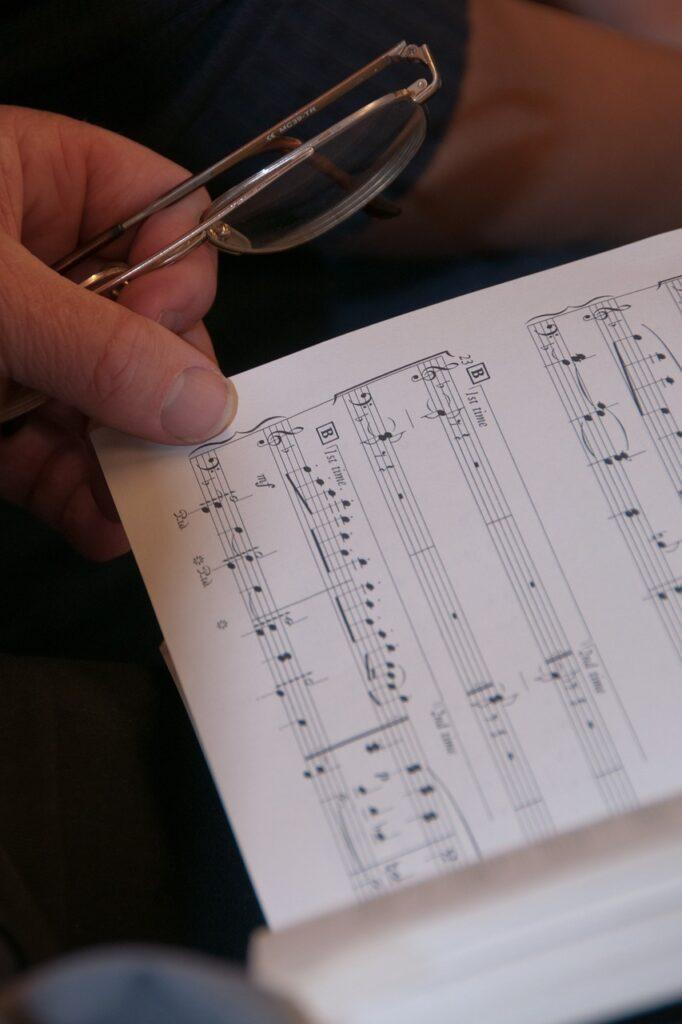Teachers, do you have students who can’t use a metronome and can’t keep a steady beat? We all know how valuable metronome practice can be. However, it can be tricky for students to sync with a metronome, and many students flat out refuse to work with them. Click to answer the question, “What’s a good alternative to a metronome for practice sessions?” Estimated reading time 2 minutes.
Read More

